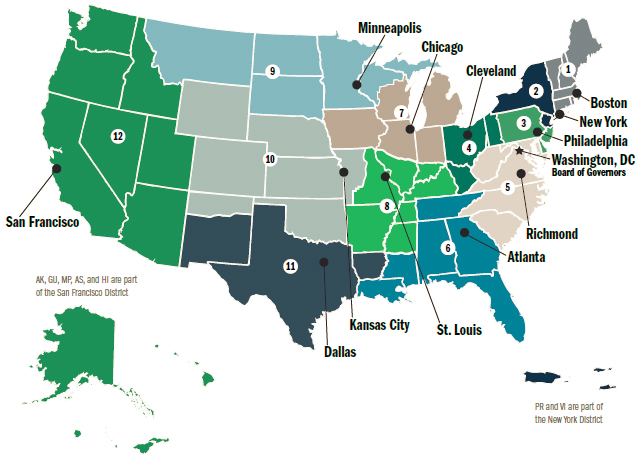The community development (CD) function within the Federal Reserve System—consisting of individual community development departments at each of the 12 Federal Reserve Banks as well as at the Board of Governors—promotes economic growth and financial stability for lower-income communities and individuals through a range of activities, including:
Convening stakeholders: The function brings together practitioners from financial institutions, nonprofits, governmental agencies, and the philanthropic and private sectors to collaborate on community and economic development initiatives and to identify both key challenges and promising practices to address them.
Conducting and sharing research: The function provides policymakers and practitioners with objective analysis on the economic challenges facing lower-income communities and attendant policy and program implications. CD research is often posted online in blogs, articles, and working papers and is shared both in small group settings and at larger-scale conferences.
Identifying emerging issues: The function gathers and analyzes current information on economic and financial conditions to identify emerging issues affecting lower-income communities and individuals. For example, staff regularly conduct web-based polls or surveys of individuals and organizations to help track perceptions and provide market intelligence and sentiments around a wide range of CD issues.
The CD function's original focus was on supporting the implementation of the Community Reinvestment Act (CRA). The CRA encourages depository institutions to help meet the credit needs of the communities in which they operate, including low- and moderate-income neighborhoods, consistent with safe and sound operations.
While the CRA is still an important focus, CD also seeks to mobilize ideas, networks, and approaches that address a wide range of community and economic development challenges. The function leverages its capacity by working with intermediaries that offer financial, real estate development, advisory, and human services, rather than working directly with consumers or providing direct funding.

The unique structure of the Federal Reserve System allows the CD function to scale its efforts strategically. At times, individual Districts respond to region-specific challenges by tailoring their efforts based on their staff's local knowledge and networks, and through leveraging expertise at branch offices. In other instances, multiple Reserve Banks collaborate to address various dimensions of a particular issue, such as post-foreclosure neighborhood stabilization initiatives, and to support impact-producing strategies broadly.


